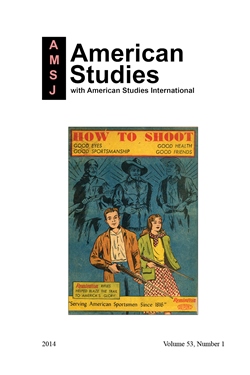Abstract
While most commentaries on nineteenth-century African-American landscape painter Robert S. Duncanson address how his identity as a minority artist affected his art and practice in the U.S., I argue that looking at Duncanson through the lens of his interest in Positivism points to a transnational context for understanding his aims. Race-conscious liberal reformers throughout Hispano-America, trying to free themselves from colonial European mindsets and demonstrate that a mixed race society could compete with modern Anglo-European nations, embraced Auguste Comte’s vision of order and progress. A comparative approach to mixed race elites in the Americas thus finds Duncanson—like artists, writers and intellectuals in South America--an advocate for African-Americans, as a race equally governed by the scientific laws of society, and his landscapes, with their orderly progress through a world of perfected forms, offering a “positive” social design. In addition to introducing the discovery of Duncanson’s interest in Comte, my research addresses a painting by Duncanson that to my knowledge has not yet been published, his version (with significant alterations) of Frederic Church’s Heart of the Andes, as well as several of his pictures set in Mexico, which have also not heretofore received significant critical attention.All items © Mid-America American Studies Association
Authors: If you prefer to remove your text(s) from this database please contact the editor.

